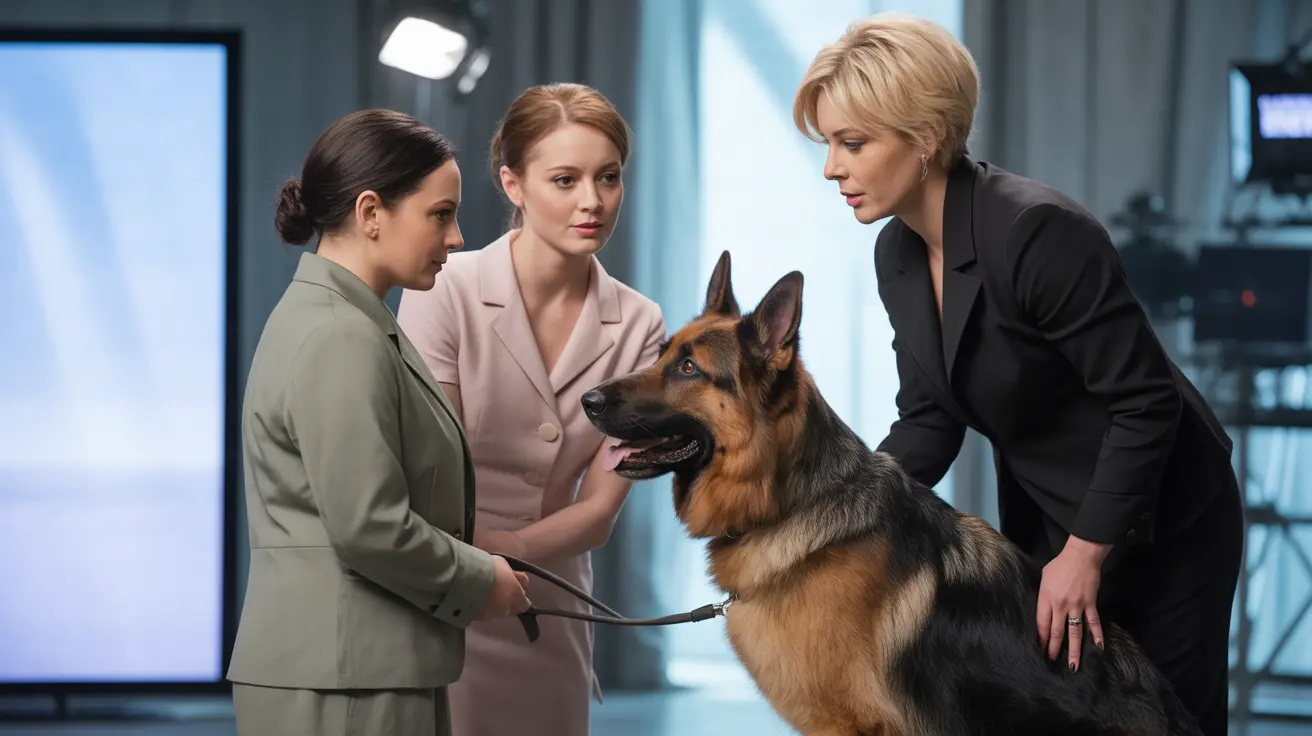Training a deaf dog might seem challenging at first, but with the right approach and understanding, these remarkable animals can learn just as effectively as their hearing counterparts. This comprehensive guide will walk you through proven methods for training deaf dogs using visual signals, touch cues, and positive reinforcement techniques.
Whether you've recently adopted a deaf dog or your pet has experienced hearing loss, understanding how to communicate effectively will strengthen your bond and ensure your dog can live a safe, happy, and well-trained life.
Understanding Your Deaf Dog's World
Deaf dogs experience the world primarily through sight, smell, and touch. They're incredibly attuned to visual cues and environmental changes, often developing heightened awareness of their surroundings to compensate for their lack of hearing. This natural adaptation makes them especially receptive to visual training methods.
Establishing Basic Communication
Before diving into specific commands, it's essential to develop a foundation for communication with your deaf dog. Start by creating a "visual marker" - similar to a clicker or verbal praise - such as a thumbs-up or flash of light, that signals correct behavior.
Always approach your deaf dog from within their line of sight to avoid startling them. Gentle floor vibrations or light touches on the shoulder can be effective ways to get their attention when they're not looking at you.
Teaching Essential Commands Through Hand Signals
Begin training in a quiet area with minimal distractions. Choose clear, distinctive hand signals for each command, and remain consistent with these signals across all training sessions. Common starting commands include:
- Watch me (attention signal)
- Sit
- Stay
- Come
- Down
- Good dog (praise signal)
Safety Training and Boundaries
Safety training is particularly crucial for deaf dogs. Teach a strong recall command using an attention-getting signal followed by your "come" gesture. Practice this extensively in secure areas before attempting it in more challenging environments.
Consider using a vibrating collar (never a shock collar) for distance communication, always pairing it with positive reinforcement and your visual recall signal.
Advanced Training Techniques
Once your deaf dog masters basic commands, you can move on to more complex training:
- Emergency stop signals
- Distance commands
- Multiple-step behaviors
- Agility or trick training
Creating a Safe Environment
Make your home deaf-dog friendly by implementing these safety measures:
- Install secure fencing
- Use "Deaf Dog" identification tags
- Create designated sleeping areas
- Establish clear household routines
- Install visual doorbell indicators
Frequently Asked Questions
How do I start training my deaf dog to pay attention and focus on me?
Begin by establishing eye contact through positive reinforcement. Hold a treat near your face and reward your dog when they look at you. Gradually increase the duration of eye contact before giving the reward.
What are the best hand signals and visual cues to teach basic commands to a deaf dog?
Use clear, distinct gestures that are easy to see from a distance. Many trainers recommend adapting American Sign Language signals or creating consistent custom signals that work for you and your dog.
How can I safely get my deaf dog's attention without startling them?
Use gentle floor vibrations by tapping your foot, wave within their peripheral vision, or use a flashlight to create a light signal. Never grab or approach suddenly from behind.
What methods can I use to teach recall and ensure my deaf dog comes when called?
Start in a secure area using a clear visual signal paired with high-value rewards. Practice gradually increasing distances, and consider using a vibrating collar as a backup attention signal.
How can I use positive reinforcement effectively when training a dog that cannot hear?
Combine immediate visual markers (like a thumbs-up) with treats and physical praise. Timing is crucial - reward your dog within seconds of the desired behavior.
Remember that patience, consistency, and positive reinforcement are key to successful deaf dog training. With dedication and the right approach, your deaf dog can learn to respond reliably to visual commands and become a well-behaved, happy member of your family.






